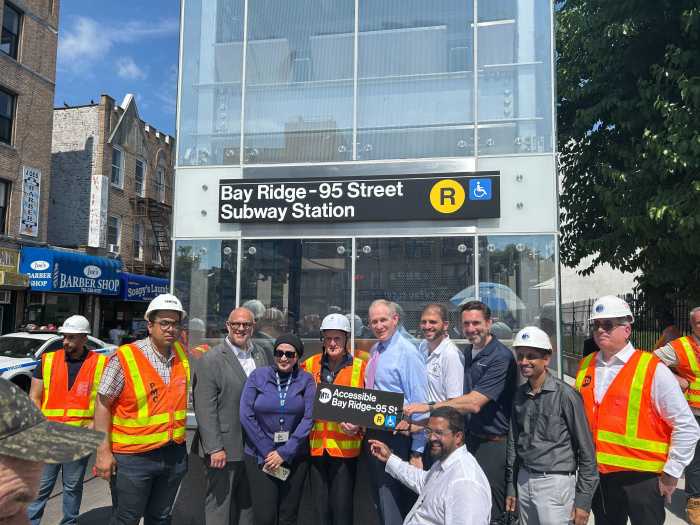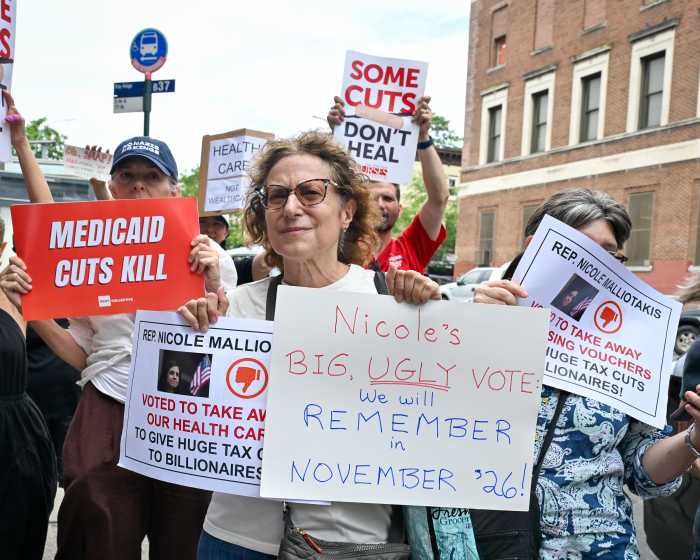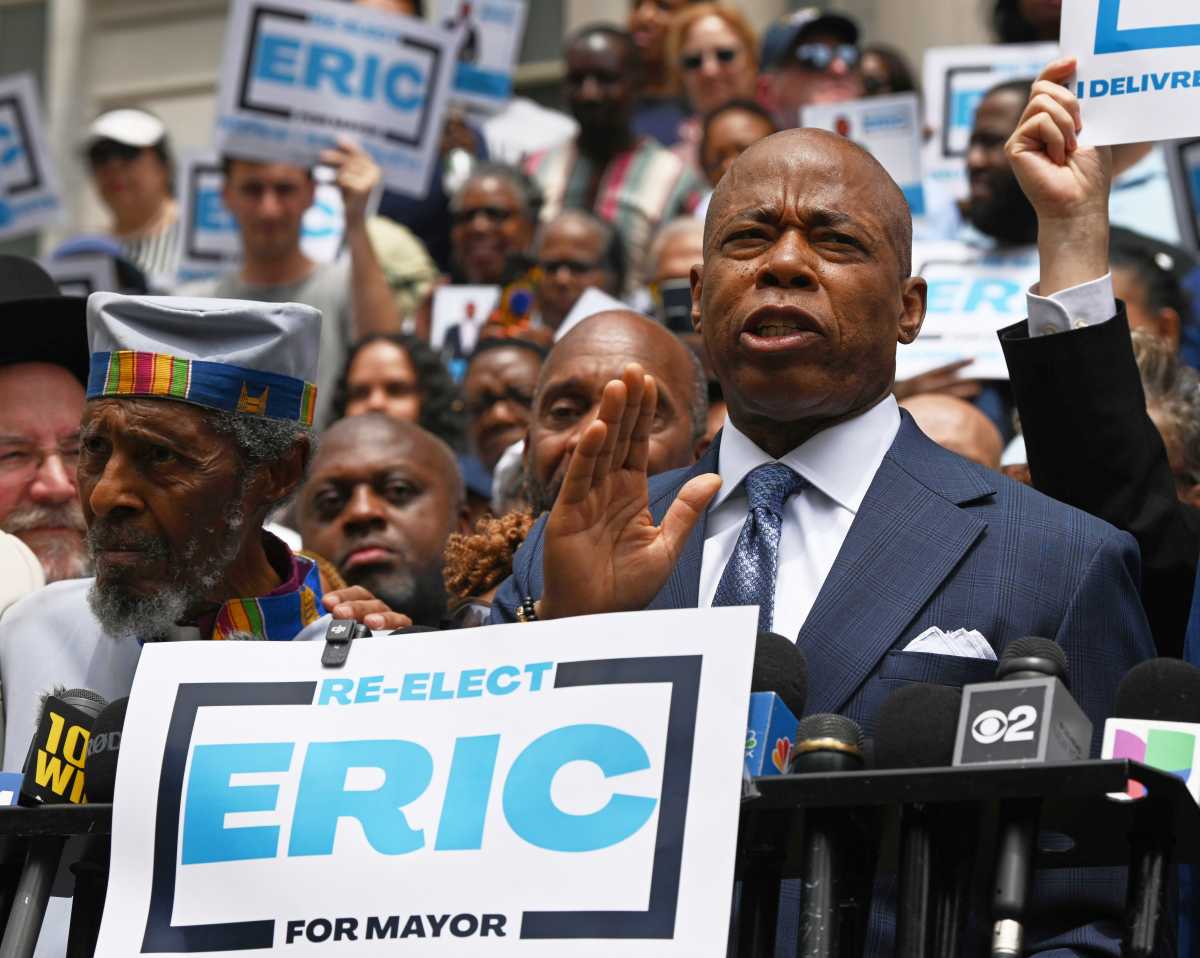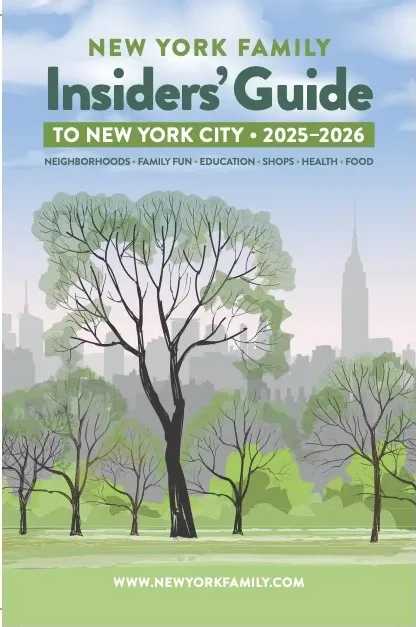Plans to pay for Brooklyn Bridge Park primarily using revenue derived
from luxury housing didn’t get the nod from the community, elected
officials or advisory committees before they were announced, sources said
this week.
Nonetheless, the most recent designs for the 1.3-mile waterfront housing,
commercial and open space development, which have been reviewed by the
public at sparsely advertised presentations throughout the past few months,
have taken for granted that housing is the only solution to the problem
of financing the park’s yearly maintenance fees of $15.2 million.
At each of the meetings an additional idea for row houses along Furman
Street was also introduced, but so far that is being called a preliminary
idea by the park planners. More concrete are four high-rise condominiums
with a total of 730 units planned for the Atlantic Avenue and DUMBO-Vinegar
Hill ends of the park.
Original plans by the Port Authority of New York and New Jersey to create
a waterfront housing development, introduced in 1986, met with fierce
objection from the communities that surround the property, which runs
from Pier 6 at Atlantic Avenue to just past the Manhattan Bridge. That
opposition led to the creation of the park idea, one of whose tenets was
that housing not be built on the waterfront.
Yet the latest plans presented by the Brooklyn Bridge Park Development
Corporation (BBPDC), a subsidiary of the Empire State Development Corporation
charged with planning and building the park, dictate luxury housing as
the only viable revenue source.
Even if nobody can figure why that is.
Several elected officials say that prior to the housing component’s
addition in December, they’d heard little to nothing about it as
a reality.
“We were not [consulted],” on the idea of pursuing housing for
revenue generation prior to adding it to the plans, said Dan Wiley, a
community coordinator for Rep. Nydia Velazquez.
Assemblywoman Joan Millman said she hadn’t heard of it, either.
“We believe the Citizen’s Adisory Committee was made aware of
the various pros and cons of the different revenue-generating options,”
said Corri Freedman, a spokeswoman for Millman, “but the assemblywoman
wasn’t informed of the extent of the housing [until December].”
Roy Sloane, a Cobble Hill resident and member of the CAC, said he hadn’t
heard about housing since it was discarded in 2001, which he said happened
at the behest of Community Board 6. Although he opposes the housing now
planned for the park, Sloane said he used to advocate for a small, fixed
amount of housing in the design.
“It was a very contentious point,” said Sloane. “Essentially
there was a proposal to build some small amount of housing on the table,
but it was never specified what.”
Barbara Brookhart, another CAC member, who formerly worked for the Brooklyn
Bridge Park Coalition (now Conservancy), said she had not heard of housing
being brought back into the plan since the Port Authority plan was beaten
down by community opposition.
“It never came to the community. Even when there was a Local Development
Corporation, it never came to the community,” Brookhart said.
But Hank Gutman, chairman of the 15-member park LDC, a precursor to the
BBPDC that still exists to complete a federally funded park transportation
study, said that housing was a topic that had reached his board on several
occasions.
“I can’t say at what point housing first surfaced; frankly I
don’t remember. We understood back in the LDC days, back when the
LDC was working on the plan, was what you wanted in terms of ways to generate
revenue were uses that would be compatible for the park.”
Wendy Leventer, president of the BBPDC, has declined all Brooklyn Papers
requests for comment on the park plan, referring all calls to the Empire
State Development Corporation.
As to concerns that the BBPDC did not consult with the elected representatives
of the communities that surround the park plan, Deborah Wetzel, a spokeswoman
for the state authority, said, “In our normal process we always brief
elected officials before the public. They were definitely notified before
the unveiling.”
Asked whether elected officials were consulted or asked their opinions
of the changes to the park plan as they were being devised, Wetzel declined
to comment further.
State Sen. Martin Connor, one of the earliest political sponsors of the
park, who represents Brooklyn Heights, said he’d caught an inkling
of the housing plan several months prior to the Dec. 18 unveiling of the
new plans to elected officials.
He said that Wendy Leventer, president of the BBPDC, first came to him
last summer.
“Wendy first came to see me [in June or July] and said, ‘We’re
having trouble making the numbers work,’” Connor said.
“They basically told me to get new revenue would require more development,”
he told The Brooklyn Papers.
“I did say, ‘What kind of development?’ and they said maybe
housing, maybe other things. What we see now is that housing generates
revenue, and it generates recurring and substantial revenue for a smaller
footprint,” Connor said.
“At that point they were going to go back to the planners to do some
things, one was look at construction costs. There was no way they could
do some things in the budget,” he said, noting that one of those
was a bio-wall along Furman Street and the Brooklyn-Queens Expressway,
which has now been omitted.
Brooklyn Heights Councilman David Yassky said he knew housing would be
considered as a revenue source as soon as 360 Furman St., a former factory
of the Watchtower Bible and Tract Society, was sold to a developer who
plans on converting it into condominiums. He said it was always on the
table in discussions for Pier 6 uses.
The 12-story former book and video distribution center for the Jehovah’s
Witnesses, which sits between Joralemon Street and Atlantic Avenue on
the uplands of the piers, was purchased last spring by Manhattan-based
RAL Development Services, which plans on converting the 1 million-square-foot
building into condominiums.
When RAL President Robert Levine began discussing payments in lieu of
taxes (PILOTS) to bolster the park’s missing green space, he created
a jumping-off point for planners to re-evaluate options for revenue, explained
Yassky.
“The first piece was 360 Furman St.,” said Yassky. “I think
that’s the first time housing first surfaced as a revenue generator.
“Before it was sold I sent a letter to the Jehovah’s Witnesses
… saying I personally will insist that anybody who turns this into
residential help serve the park; so certainly that idea was on the table,”
added Yassky, who heads the council’s waterfronts committee.
But Brookhart insisted that in her years with the Brooklyn Bridge Park
Coalition, she had never heard about it.
“The housing never came to the community before they put it on there,”
she said. “Now they’ve gotten way ahead of the community.”






















